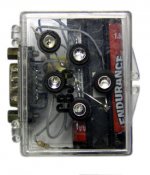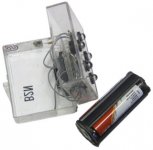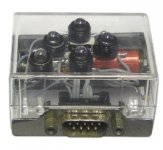NathanAllan
Veteran Member
It was a sure fun project, and taught me more about soldering. Everyone needs to build themselves one of these. Here's a link to pics (click forward)
http://picasaweb.google.com/nathan.dkassandra4/UntitledAlbum#5291713917658822146
and I also made a youtube video of it in action. The next time I make one, it will be usable with the paddles and if I can swing it, have a vibrate function.
http://www.youtube.com/watch?v=7zQkX3JbRTM&feature=channel_page
This stuff is fun. A bit of work to get there, but electronics can be my friend any day!
Nathan
http://picasaweb.google.com/nathan.dkassandra4/UntitledAlbum#5291713917658822146
and I also made a youtube video of it in action. The next time I make one, it will be usable with the paddles and if I can swing it, have a vibrate function.
http://www.youtube.com/watch?v=7zQkX3JbRTM&feature=channel_page
This stuff is fun. A bit of work to get there, but electronics can be my friend any day!
Nathan




